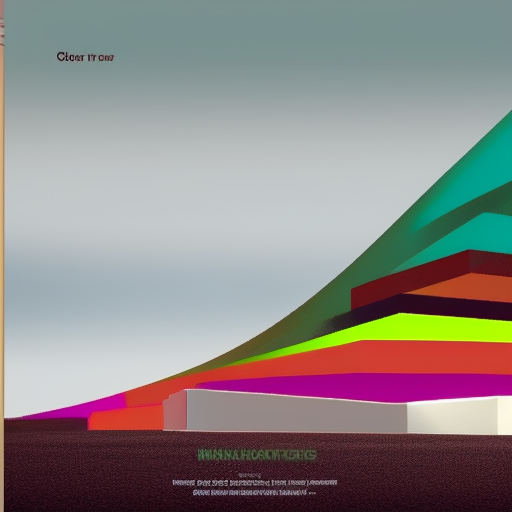Are you looking to create a minimalist style? But, stuck on which color to choose? Picking the right color for minimalism can be tricky – it must strike the perfect balance between ‘too simple’ and ‘not enough’. Take your minimalist style to the next level with an expert guide to finding the perfect hue. Read on to discover what color is best to complete your minimalist style.
Advantages of Minimalist Design
Minimalist design has become increasingly popular in recent years, and for good reason! There are a myriad of advantages to incorporating minimalist design into your home or workspace. Firstly, minimalist design creates an uncluttered and calming environment. By removing unnecessary items and keeping only what is essential, you can create a space that feels peaceful and serene. This allows you to focus on the important things in your life, without feeling overwhelmed by a cluttered environment.
Secondly, minimalist design is incredibly versatile. Minimalist design can be used in any space, from a small studio apartment to a large family home. With a neutral color palette, minimalist design can be easily paired with other styles to create a unique and personalized space. For example, you could pair minimalist furniture with bohemian textiles and artwork for a warm and inviting space that is still uncluttered.
Finally, minimalist design is sustainable. By buying only what you need and using quality materials that will last, you can reduce your impact on the environment. This is particularly important in today’s world, where the effects of climate change are becoming increasingly clear. By choosing minimalist design, you are making a conscious choice to prioritize sustainability and reduce your carbon footprint. In short, minimalist design is not only beautiful, but also practical and sustainable.
Popular Colors for Minimalist Design
When it comes to minimalist design, the color palette is very important. You want to keep things simple, clean, and uncluttered. So, what colors work best? Here are some popular ones:
– White: This is a classic choice, and for good reason. It creates a sense of calm and cleanliness. Plus, if you’re working with a small space, white can make it feel larger.
– Black: On the opposite end of the spectrum, black can also work well in a minimalist design. It creates a sense of sophistication and elegance. Just be careful not to overdo it, as too much black can make a space feel dark and unwelcoming.
– Neutrals: This includes colors like gray, beige, and taupe. These colors are great for adding a bit of warmth to a space, without being overwhelming. They also pair well with other colors, so you can add pops of color in a subtle way.
Of course, these aren’t the only colors you can use in a minimalist design. Some designers choose to use a bold pop of color for a statement piece, like a bright red chair. Others might use shades of blue or green for a calming effect. Ultimately, the colors you choose should reflect your personal taste and the feeling you want to create in the space.
Creating a Color Palette for Minimalist Design
When it comes to minimalist design, choosing the right color palette is crucial. The color scheme you pick will set the tone for your entire space and can impact how calm and peaceful your environment feels. So, how do you go about creating a color palette that’s perfect for minimalist design?
The first thing you want to think about is keeping it simple. Minimalist design is all about clean lines, simple shapes, and an overall aesthetic that doesn’t overwhelm the senses. So, opt for colors that are equally understated. Think white, gray, black, and beige. By keeping your palette focused on neutral tones, you can ensure that your minimalist space will have a calming and peaceful vibe. For a pop of color, consider adding a muted shade like dusty blue or sage green.
Another thing to consider when creating your color palette is contrast. While you want to keep things simple, a little bit of contrast can help to make your space feel more dynamic. Consider pairing light and dark shades of the same neutral color, or using a contrasting color such as black or navy to anchor your design. For example, if you’re using mostly white and beige, you might consider adding a few black accents such as a minimalist lamp or picture frame. By doing so, you’ll create a striking visual effect without overwhelming the overall aesthetic of your minimalist space. No matter what color you decide to work with in your minimalist designs, the most important thing to keep in mind is that good design results in a harmony between composition, colors, and the tone it evokes. Choose colors that create a balance between minimalism and impact, and you’ll explore endless design possibilities.